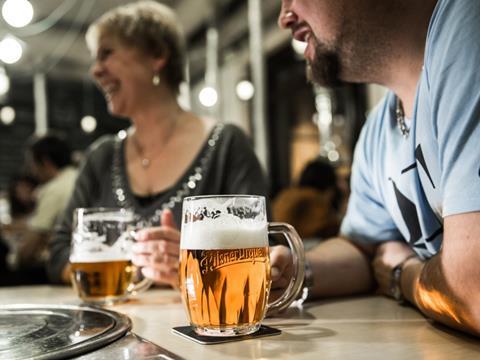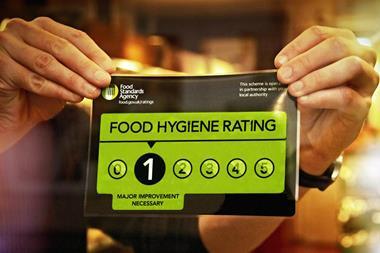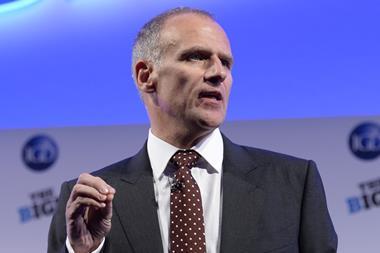
Many people were no doubt still nursing their new year hangovers last week when the recommended safe drinking limits for men were slashed by a third, literally overnight.
Last Friday’s announcement by the UK’s chief medical officers, which had been widely trailed in the national press, introduces a new twist to gender equality as it brings men into line with women for the first time on the issue of how much booze they should drink.
Not a lot, as it happens, with the new recommended limit just 14 units, the equivalent of six pints of average-strength lager or eight small glasses of wine a week – a level many regularly consume on an average Friday night.
Unsurprisingly, the alcohol industry has been demanding to know why men in the UK have been singled out for special treatment. To name but a few examples, the announcement means UK men are being urged to drink much less than those in Ireland (21.2 units), Denmark (21), New Zealand (19). In Spain, meanwhile, not only is the weather much better but the recommended limit is a whopping 35 units.
There have also been question marks over whether the timing just might have had anything to do with the government facing ongoing rebellion over the NHS.
Perhaps if Dame Sally Davies and her fellow CMOs really meant business they would have brought the guidance out before the festive season, when the service estimates drinkers consume 40% more than usual - but maybe they were worried about people choking on all that beer and Prosecco.
The serious concern, though, has to be the risk that the tightened guidance increases the likelihood of significant groups of consumers simply dismissing it all as pie in the sky from the Nanny State brigade. Not unlike the new guidelines on sugar consumption, which for many consumers are a million miles away from reality, the biggest danger is they are seen as unobtainable and end up being ignored. Much will depend on how the message surrounding the guidelines is handled, and interestingly this is the one element that has yet to be decided – unlike the limits themselves, which are a fait accompli.
The guidelines differ not only in the changes for men but also that they include for the first time particular advice for every time someone drinks – single drinking episodes as they are referred to, somewhat mechanically. Some of this comes across as a bit ‘no shit, Sherlock’, such as the revelation that drinking too much on any one sitting can “increase the risk of injury (causing death in some cases)” and result in “losing self control”, no doubt a familiar feeling for many over Christmas.
But practical advice such as drinking more slowly, drinking with food, alternating booze with water etc is all sound, practical stuff. Even the most vested interest in the alcohol industry could not convincingly complain about such common-sense guidance being a central part of the message. Likewise, the advice for regular drinkers, such as trying to have several days free from drink and not storing up all your points for one weekend binge.
Such advice, which the CMOs’ guidance suggests protects from harms ranging from street violence to cancer, is not anywhere near as eye-catching as the 14-unit maximum, but it’s much less likely to clash with the reality that many consumers simply don’t live their lives to exact limits. And, perhaps more importantly, they are likely to rebel against ideas that try to make them do so.



















No comments yet